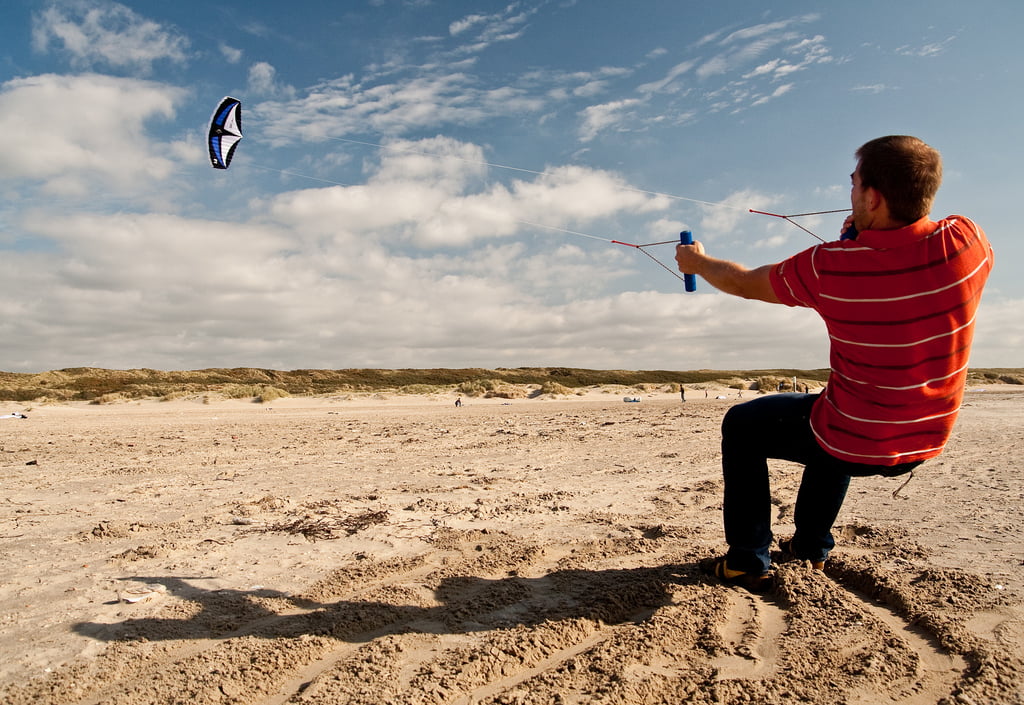
These kites were flying long before the advent of kitesurfing. Their bigger brothers, known as de-powerable foils, have been used for land based kitesport, such as land-buggying and land-boarding. Driven by the recent popularisation of foil, these monsters have become the sail of choice for light-wind riding, and kite manufacturers have responded with R & D that has pushed performance beyond what was previously considered possible. We hope you enjoy reading this powerkite buyer’s guide.
Why are they so good for light winds?
To understand this, we need to look at their design. Their construction comprises an upper and lower skin, intersected by a series of cells. High air pressure fills these cells when a forward motion is achieved, and this provides the kite with shape and stability. This eliminates the need for tubes, valves, and stronger, heavier materials that are used to contain inflatable bladders, used on Leading Edge Inflatable (LEI) kites. The design was pioneered for the paragliding market, along with many of the technologies and materials that are used in today’s kitesurfing kites; lightweight synthetic fabrics, for example.
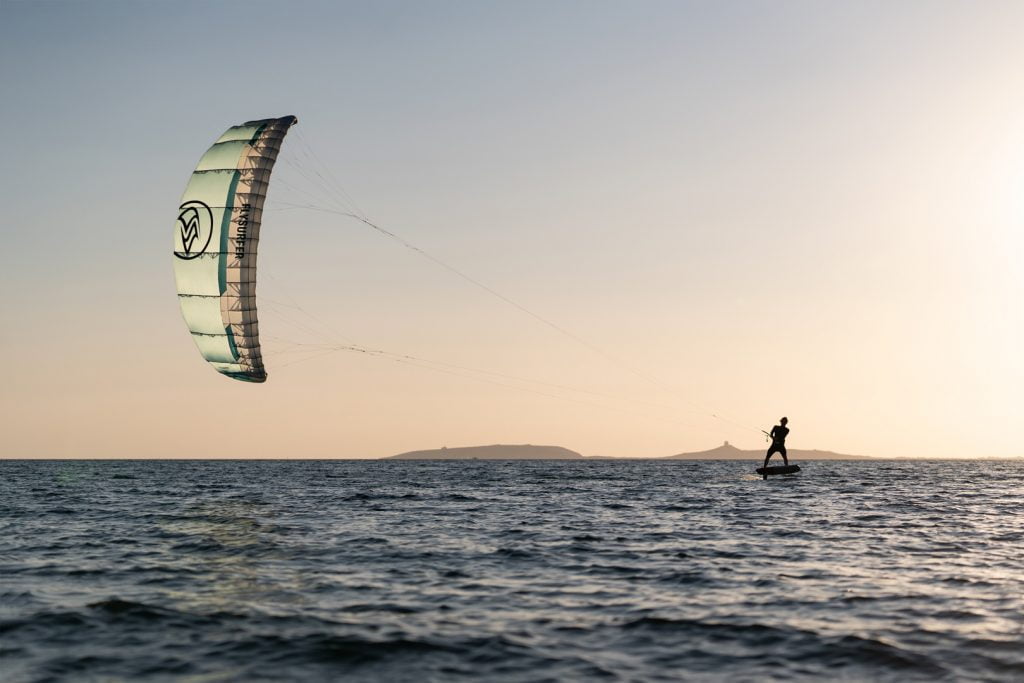
A great choice for learning
For anyone with an interest in all kite pursuits, these sails are a great way to develop a solid grounding in kite flying. Small learner kites are both quicker and more responsive than the larger kitesurfing kites, and this has a tendency to overdevelop a kite flyer’s instincts; therefore, transitioning to larger, more powerful kites, is less of a challenge. They are also considerably less powerful, enabling flyers to explore the wind window without the risk of becoming overpowered.
Powerkites are a great choice for:
- Children +5 years old
- Beginner kite-flyers
- A fun beach activity
- Budget flying
- Landboarding and Landbuggying
- Land based pursuits requiring power
- Introduction to de-powerable bar systems
The different types of power kites
2 line: for beginners
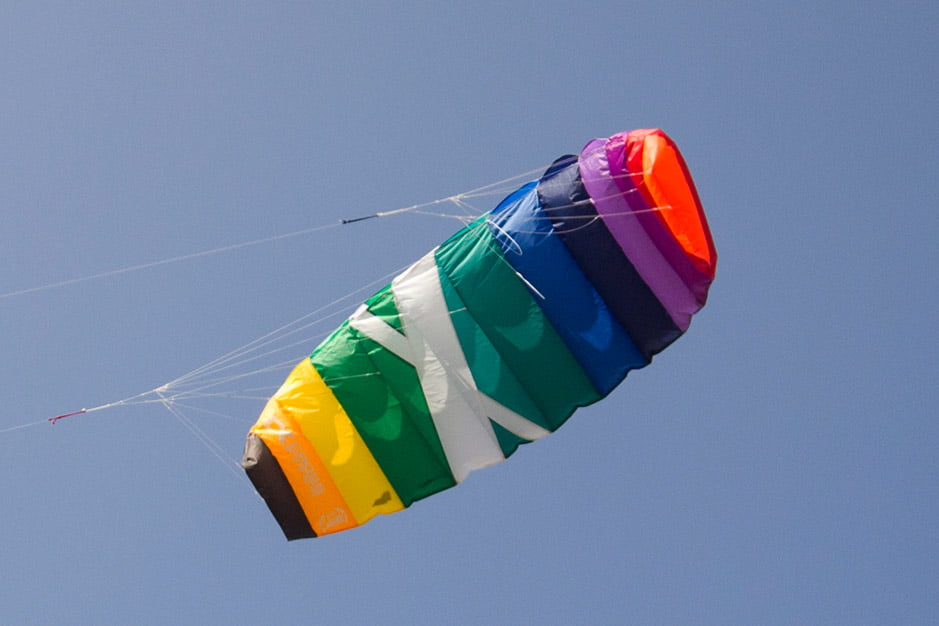
These are the smallest power kites. Suitable for all ages, they are a great choice for those looking for out-the-bag fun. We use them in our introductory kite sports sessions for developing flying techniques, and exploring what’s known as the wind window. Sizes tend to range from 1 to 3 meters, with many choices available in between. We recommend 2-line powerkites for beginners.
- No instruction required
- Simple 2-line setup
- Suitable for ages above 5 years
- Tough and durable
- Develop skills to take forward
3 line: for beginner/intermediate
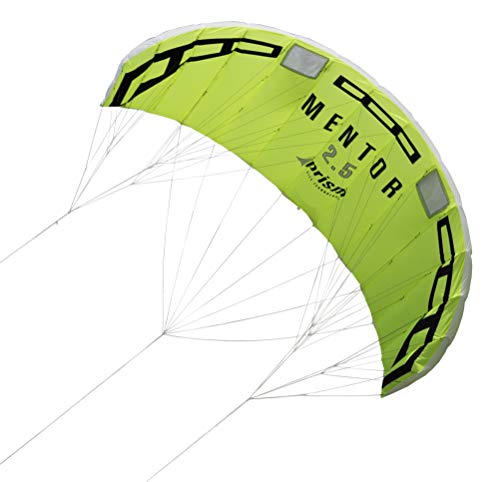
These kites tend to be larger and offer more power. As such, they can be used in strong winds for land-buggying, land-boarding, and even snow-kiting. The 3rd line has a number of advantages that make the kite easier to use by a lone flyer. We recommend smaller sized 3-line powerkites for beginners.
- The 3rd line is a dedicated safety line. If the rider becomes over-powered, they simply let go of the bar. The kite will flag out and fall to the ground.
- If the kite is crashed, the 3rd line can be used to re-launch the kite from the bar. 2-line kites require a lengthy relaunch process, or a companion to hold the kite.
3-line kites are a popular choice, and the market is well-developed with plenty of designs and sizes to choose from. They are a great choice for beginners and intermediate flyers looking to bridge over to dynamic kitesports. Advantages include:
- Many sizes available
- Easy relaunch/great for solo flyer
- Beginner/intermediate choice
- Can be taken forward to dynamic kite sports.
4 line: for Intermediate/advanced
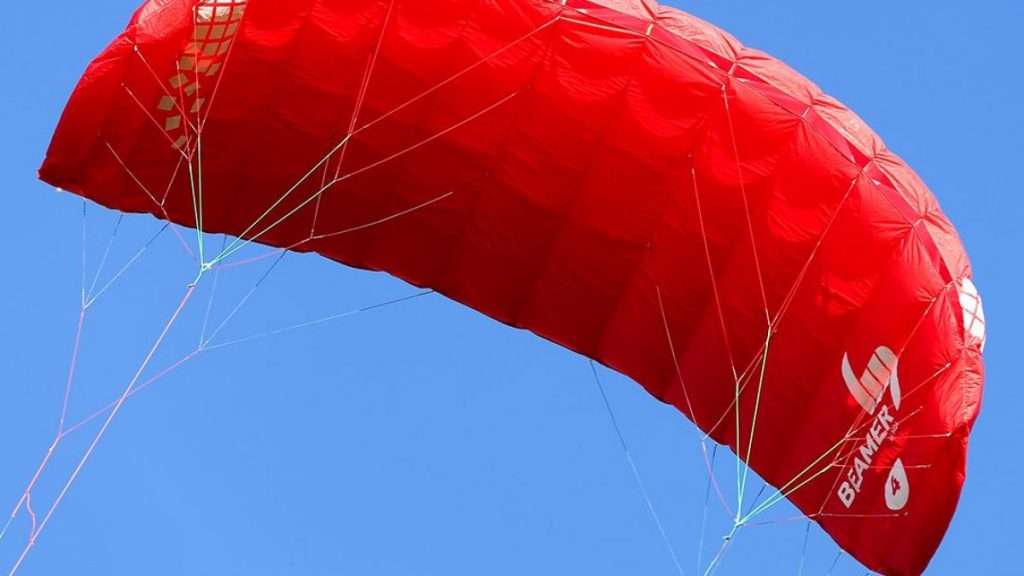
These kites are the biggest of the bunch, and when the wind blows, they can bite. As such, they need to be connected to the flyer via a harness to ensure the rider can make full use of the power. They require the use of 4 line bars that have a de-powerable feature. This means that the load is displaced across a sufficient number of lines, whilst the rider has the ability to control the power by sheeting the kite in or out.
They are a great choice for those looking to experience a more powerful and reactive kite, and they typically used for dynamic kitesports, such as kiteboarding and kitebuggying. They are also a good introduction to both the hooked-in and sheeting systems that are used on the bigger LEI kitesurfing kites. As such, they are not recommended for children and beginners. Without prior tuition and understanding, these kites can pull flyers along the ground and lift them into the air, which can result in serious injury.
- Use for bugging/landboarding/snowkiting
- Practice tool for rigging, sheeting and safety systems
- Prepares flyer for LEI kitesurfing kites
- Reactive and powerful
- Requires tuition
- Requires harness
- Dangerous in wrong hands
In Conclusion
Small powerkites are an affordable and fun way to enjoy a day at the beach the with family. They are also a great learning tool for those looking to take up kiting as a sport, and we often recommend them as a learning tool on completion of an introductory lesson; they’re great for retaining and developing skills going forwards. Larger powerkites are a good entry-point into depowerable bar systems, and can be used for dynamic riding pursuits that require more power. Speak with one of our knowledgable staff members to find out which choice is best for you. We hope you’ve enjoyed reading this powerkite buyer’s guide.
